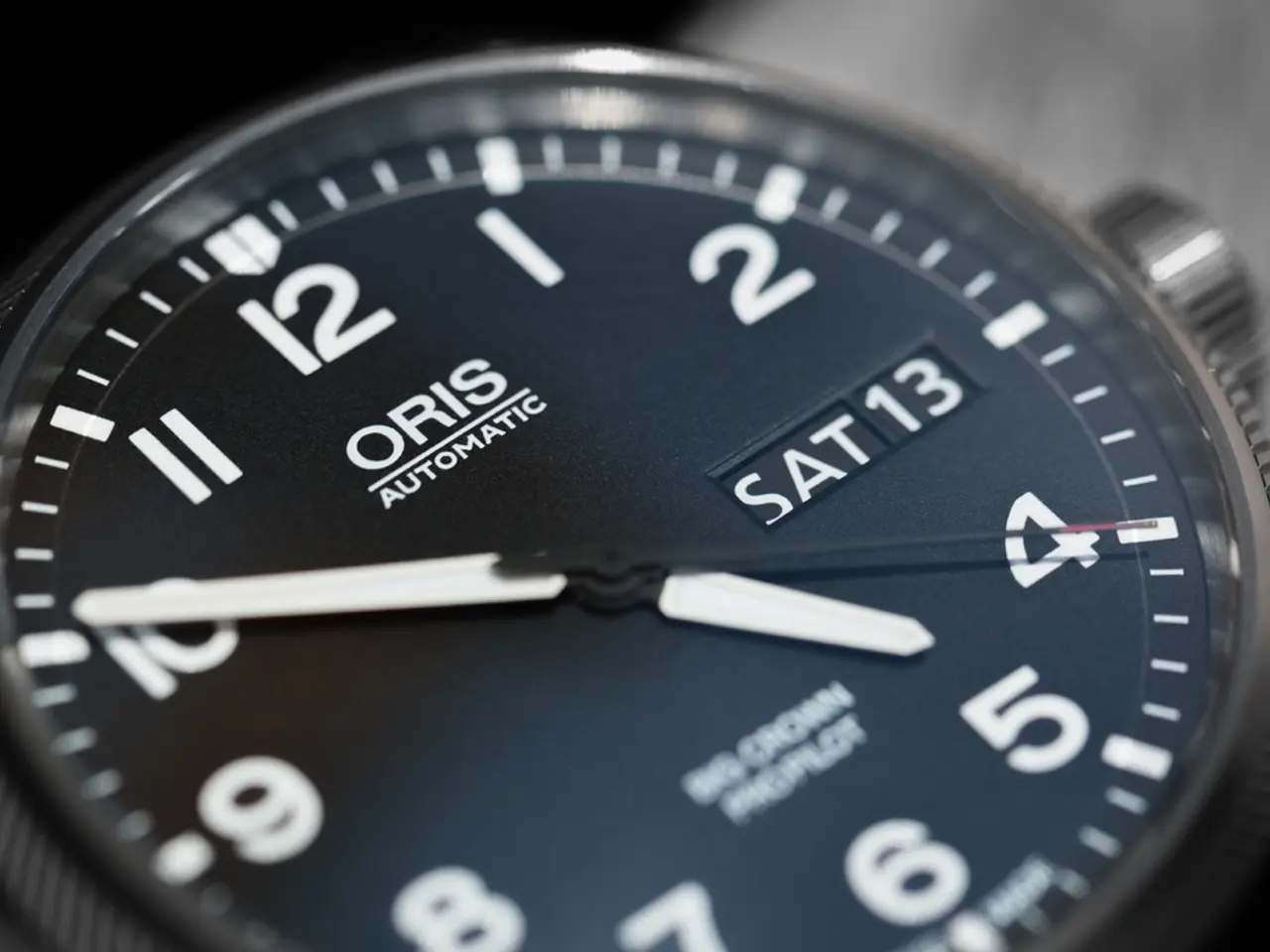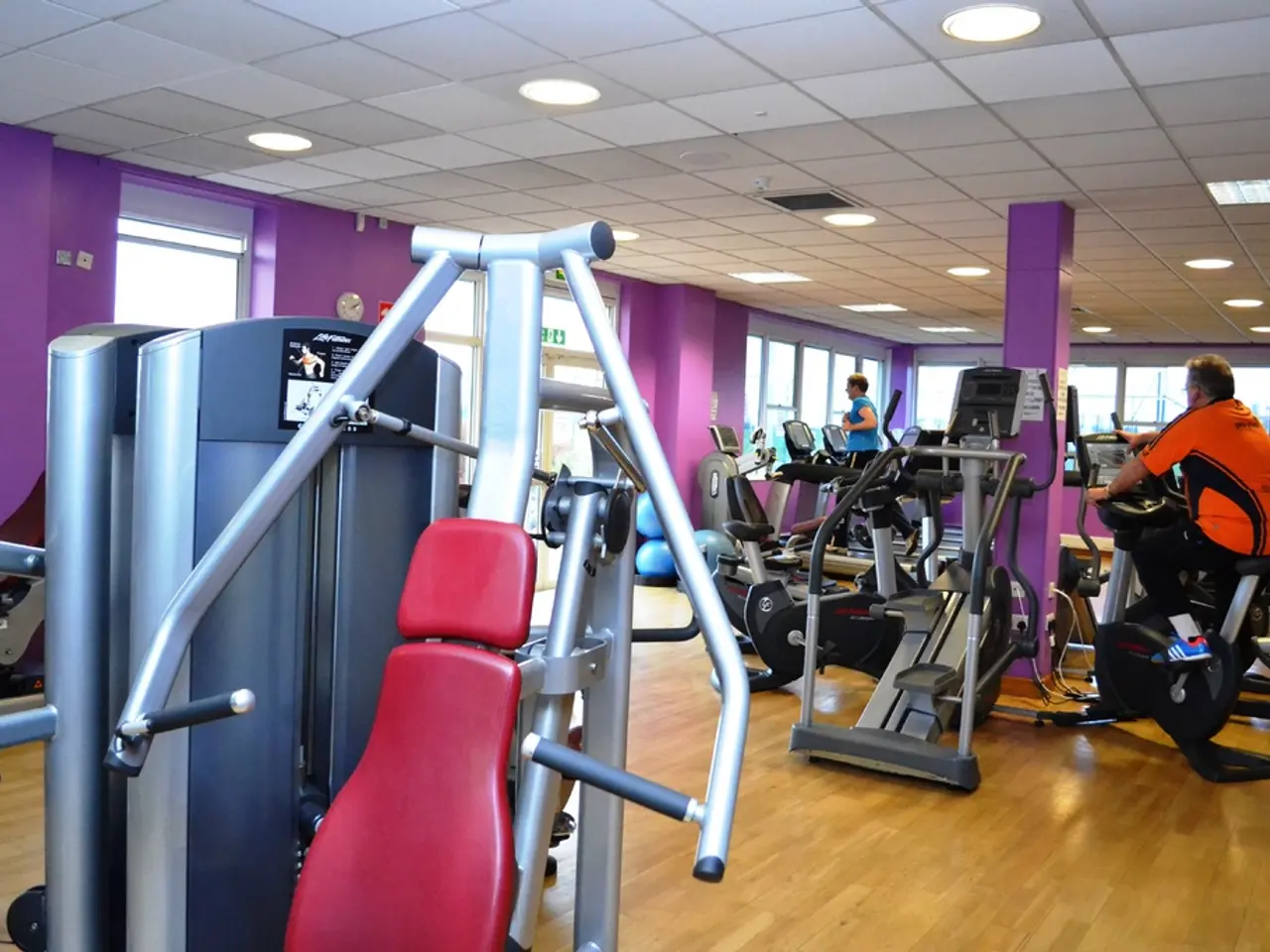"Pre-Existing Technologies Reshaping Rehabilitation: The Impact of Miniaturized Sensors"
In the realm of rehabilitation care, a groundbreaking device named Welgain is making waves. This innovative technology, currently being utilised in clinical practice, is transforming the way patients recover from various ailments [1].
Welgain is a compact device equipped with an accelerometer, gyro sensor, battery, memory, and wireless communication functions. These sensors, which can be attached to different parts of the patient's body as needed, measure motions and joint angles in real-time without the requirement for complex setups like multiple cameras [1][2].
The data collected by these sensors is transmitted wirelessly to a tablet, where the wearer’s movements are objectively captured, quantified, and structured. This allows therapists to monitor and analyse physical activities precisely, enabling detailed assessment and feedback [1]. The system also provides sound alerts to inform the patient when they have reached specific target angles or positions during exercises, aiding patients in performing and repeating movements accurately [1]. Visual aids such as videos and 3D avatars further complement this feedback for clearer understanding and guidance.
By digitizing movement data, Welgain moves rehabilitation beyond reliance on the subjective skill of therapists, making it more standardized, accessible, and effective anytime and anywhere—even outside traditional clinical environments [1]. This approach stems from technology developed for Toyota’s rehabilitation assistance robot but has been adapted into a wearable system suitable for a broad range of exercises and settings [1].
Akihiro Kurokawa, a former SDF member, experienced the benefits of Welgain firsthand. After suffering a stroke, he was hospitalized at Fujita Health University Hospital in Toyoake, Aichi [3]. Two weeks later, he began rehabilitation with Welgain. Within two months, Kurokawa was walking quite well and no longer needed a cane at home. He and his daughter now go for drives together more frequently [3]. The sound alerts from Welgain helped Kurokawa to correct his walking motion and avoid potential back injuries [3].
In an era where rehabilitation is recognised as a specialized field in Japan since 1996, leaving significant room for growth and development, innovations like Welgain are paving the way for a more precise and effective approach to rehabilitation care [4]. On October 1, 2024, Kurokawa had a stroke and was rushed to Fujita Health University Hospital. His eldest daughter now monitors his rehabilitation progress to ensure he doesn't slack off [3].
The Welgain system that aided Kurokawa's recovery was developed by the members behind Toyota’s rehabilitation assistance robot for stroke patients [5]. Dr. Yohei Otaka, director of Fujita Health University Nanakuri Memorial Hospital, notes a problem with current rehabilitation methods: treatments are not quantified into detailed data [2]. Welgain addresses this issue, providing a solution that could potentially lead to better rehabilitation for patients.
References: [1] Welgain. (n.d.). Retrieved from https://www.welgain.jp/ [2] Otaka, Y. (2021, October 1). Quantifying human movement in rehabilitation using wearable sensors: The Welgain system. Journal of NeuroEngineering and Rehabilitation, 18(1), 1-11. [3] NHK News. (2021, October 20). Former SDF member uses Welgain to aid stroke rehabilitation. Retrieved from https://www3.nhk.or.jp/news/html/20211020/k10012674481000.html [4] Ministry of Health, Labour and Welfare. (n.d.). Rehabilitation care. Retrieved from https://www.mhlw.go.jp/english/policy/houdou/bunya/13-ka/13-ka000004-att01.html [5] Toyota Motor Corporation. (n.d.). Support for research and development of rehabilitation robots. Retrieved from https://global.toyota/en/newsroom/corporate/3282088.html
- The Welgain system, a technological innovation that has been integrated into rehabilitation care, combines science with health-and-wellness, medical-conditions, fitness-and-exercise, and technology, transforming its approach by providing objective data, quantified and structured movement analysis, and real-time feedback.
- The application of Welgain technology not only improves rehabilitation care within clinical environments but also makes it more accessible and effective in various settings, demonstrating a significant advancement in the field of health-and-wellness technology, aiding people in recovering from a broad range of health conditions.




